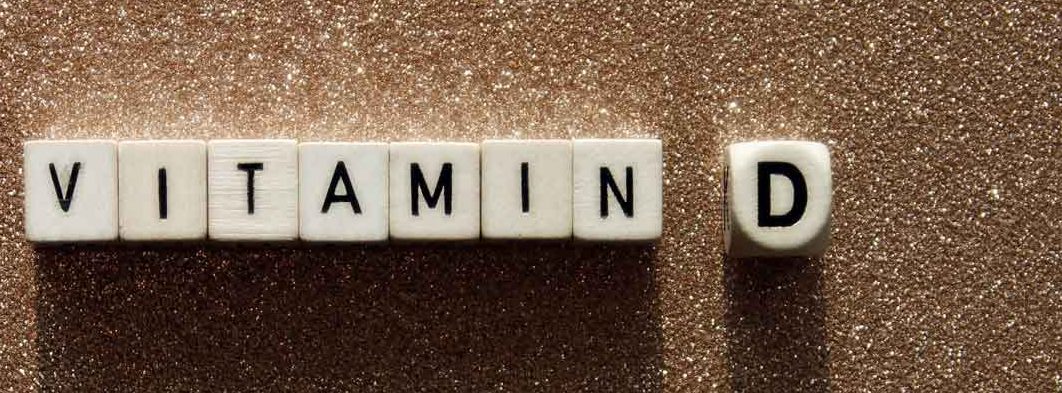Sunlight’s Effect on Vitamin D Deficiency Symptoms and Depression

The research is unclear about which method you use to get vitamin D will reliably help prevent or ease the symptoms of depression. But you still need it.
People who sunbathe know how relaxing it can be to lie in the sun. Our bodies make vitamin D from sunlight, which is linked to our moods. During winter, when the days are shorter and the skies more overcast, many of people feel a slump.
People who live in northern climates are more likely to seek information online about depression — one of many vitamin D deficiency symptoms — during the winter. People who attempt suicide may have much lower vitamin D levels than other depressed people who aren’t suicidal.
Many parts of your brain, including those involved with depression, contain receptors for vitamin D. It may increase the available serotonin (the feel-good hormone), the way that SSRI medications do.
YOU MIGHT ALSO LIKE: Be Wary of Vitamin D Deficiency Symptoms
But the blues have many causes; a vitamin D deficiency may be just one. The research is still unclear about whether exposing your skin to the sun, sitting under a sunlamp, or taking a vitamin D supplement will reliably help prevent or ease low mood. But sunlight (10 to 15 minutes a day) or a supplement (no more than 10,000 IU a day) won’t hurt you, so you can try either to see whether vitamin D is a key factor for you.
A simple blood test will help your doctor decide if you need more vitamin D. Doctors like to see between 30 and 60 nanograms per milliliter of 25- hydroxy vitamin D. That chemical travels throughout your body, turning into activated vitamin D, which helps your cells communicate and manages the calcium in your blood, bones, and gut.
Even if your mood is bright, meeting your vitamin D needs is important for overall health. Vitamin D is associated most closely with strong bones and a healthy heart.
Around the world, heart problems are less common in places in which people get more sunlight. Low levels of vitamin D in dark climates also may contribute to weak muscles, infections, type 2 diabetes, and dementia. Too little light may play a role in autoimmune diseases like multiple sclerosis as well.
Although you can have low vitamin D levels at any age, your risk increases as the years go by, and your body becomes less efficient at making vitamin D and using it.
Food alone won’t fill a deficiency. Milk, oily fish, and egg yolks all contain vitamin D, but not enough. It could take dozens of glasses of milk to match the vitamin D that 10 minutes of summer sun on bare skin generates.
In most of the world, it’s still a good idea to go outside with at least your face exposed for about 10 to 15 minutes during mid-day. People with darker skin need the most light and may need more time. Some people never go outside without a sunscreen or keep themselves entirely covered. But your body produces the first step in making vitamin D well before your skin turns pink. There’s no need to get tanned or burned.
Don’t go to a tanning salon or buy a tanning lamp. Your goal is to feed your body not damage your skin.
Your doctor might recommend a supplement or give you an injection for an immediate boost to fight vitamin D deficiency symptoms. If you decide to get a sunlamp, choose one that emits short-wavelength UVB light, which triggers vitamin D production.
Updated:
October 25, 2023
Reviewed By:
Janet O’Dell, RN